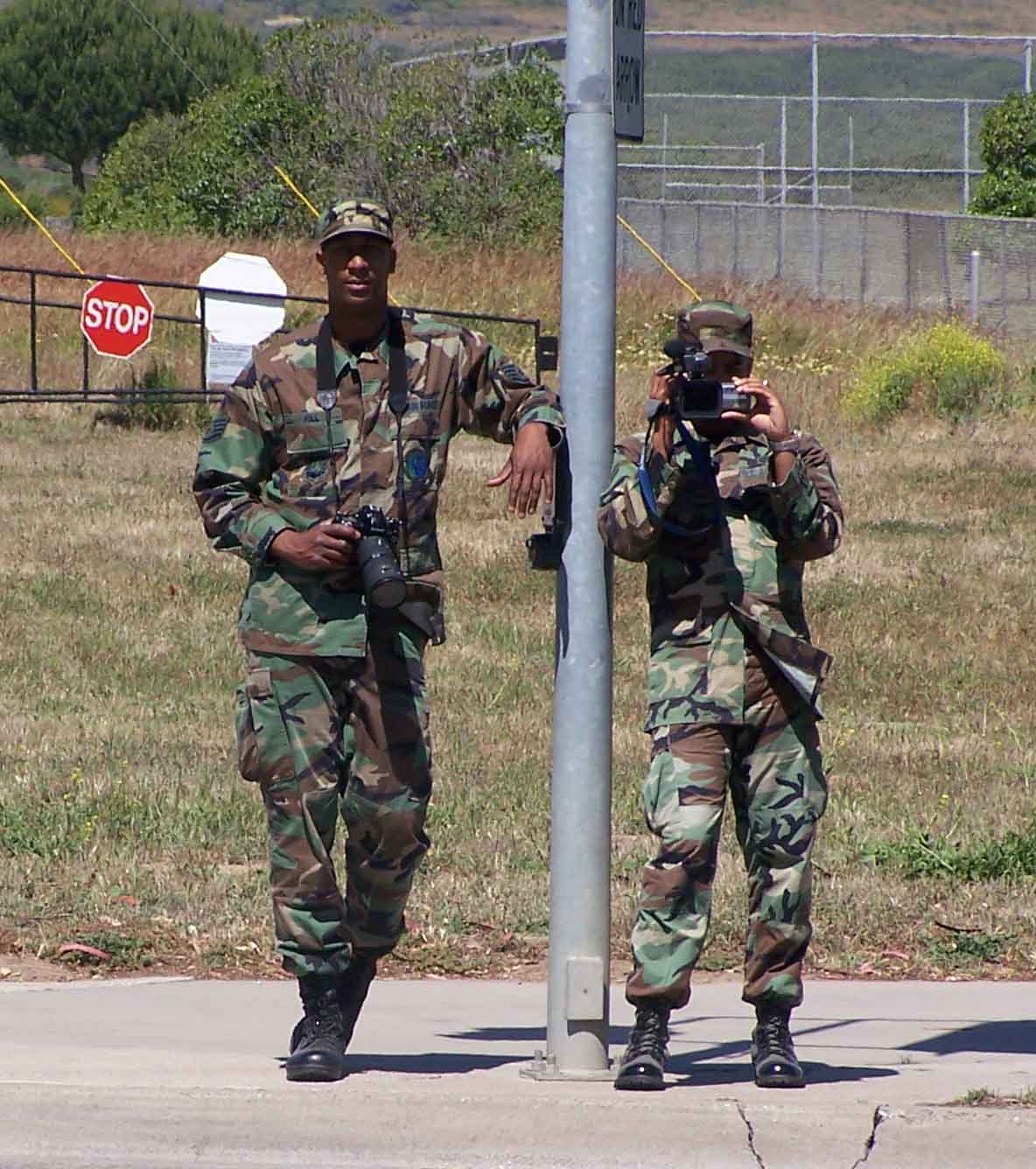From Trinity to Fukushima: Measuring “Naturally-Occurring” Background Radiation in 2012
by Jackie Cabasso
On August 27, the Oakland Police Department issued a community notice to make the public and media aware of an aerial survey that would be taking place over portions of San Francisco, Pacifica and Oakland through September 1, ostensibly to measure “naturally-occurring background radiation.” According to the notice, the flyovers are part of a joint research project between the Department of Homeland Security’s Domestic Nuclear Detection Office (DNDO) and the National Nuclear Security Administration. The only explanation offered: “The background data will be used by DNDO and NNSA to improve aerial radiation measurement capabilities used by local, state and federal entities.” The Oakland Police notice refers its readers to the DNDO and NNSA Public Affairs offices for additional information.
On August 30, annoyed by the low-flying helicopter buzzing around our office in downtown Oakland, I followed the Oakland Police Department’s advice and wrote to DNDO and NNSA. After pointing out the fallacious characterization of current radiation levels being “naturally-occurring” (noting that prior to July 16, 1945 it would have been possible to measure naturally occurring levels of background radiation, but this has not been the case for 67 years), I posed the following questions, and requested a reply:
1) What is the significance of the timing of this data collection?
2) What criteria was used in selecting the areas for the flyovers?
3) What will the data be used for?
4) Will a report on the findings be released to the public? If so, when?
5) Are additional flyovers planned for the future? Is so, when and where?
Based on the letters, I also submitted an op-ed to the San Francisco Chronicle and the Contra Costa Times. Both the Chronicle and the Times had published “news” stories recycling the NNSA press release. As of this writing, I have not heard back from the DNDO, the NNSA. Nor have I heard back from either of the newspapers regarding the op eds. I’ll let you know when I do. In the meantime, I’ve posted my op-ed below. (more…)

